By: Ebeth van Heerden, Head of Intermediary at Schroders South Africa
I recently saw multi-asset funds described as a “balanced investment ready-meal”. I thought it such an apt description. A balanced meal has a variety of food groups represented, each providing different nutritional benefits. You’ll have some protein, some carbohydrates, some healthy fats and some vegetables. The combination keeps you healthy and in the right proportions can help reduce your chances of getting sick.
A multi-asset fund is made up of multiple asset classes, usually with the aim of producing returns at a relatively lower level of risk. Typically, you’ll have some shares, some bonds, some cash and some alternatives. Alternatives are investments like real estate or infrastructure, areas which individual investors often don’t consider or can’t easily invest in by themselves.
How a multi-asset fund smooths risk and return
Each asset class will bring certain attributes to your portfolio. Share holdings are usually considered an opportunity for growth but they can be highly volatile, for example. Bonds and alternative assets are considered to offer more stable but generally lower returns than shares.
This is how, through a multi-asset approach, bond and alternatives holdings might provide a degree of protection against volatility and loss. As a result, you could experience a smoother risk and return profile – something which may be attractive for investors in times of market volatility. Of course this is just an illustrative example, it’s in no way a recommendation to follow a specific strategy.
The benefits of diversification – or not putting all your eggs in one basket
You can’t rely on one food group to provide all the nutrients your body requires. Similarly, depending on a single asset class to meet your investment needs can be a risky strategy because of the lack of diversification. It’s the same as putting all your eggs in one basket, something you’ve no doubt been cautioned against before. A multi-asset fund is also typically able to offer investors access to different asset classes or different investment styles in different regions, providing further diversification benefits.
Active asset allocation – the “ready-made” option tailored to suit specific objectives
You can see how it now becomes quite a complicated decision as to where and when to invest your money with so much choice available. But in a fund you don’t have to do this. You can outsource such decisions to the fund manager, whose job it is to decide how to allocate between asset classes and regions to give the portfolio the best chance of achieving its objectives.
It’s a “ready-made” option that’s been designed by an expert that you can choose based on your individual needs. Importantly, the fund manager can change the split between asset classes to take advantage of changing market environments. If they believe a different allocation will enhance the potential return of a portfolio or avoid unnecessary risk, they can adjust the portfolio as necessary.
Because different asset classes perform differently during different market conditions, the aim is to create a portfolio that benefits when markets are doing well and provides you with some protection when markets aren’t doing so well. The portfolio will therefore likely look very different during times of market optimism and times of stress. The fund manager can try to capture returns during times of optimism and shift positions to diversify and reduce risk to minimise losses in times of stress.
Choosing the right option for you
While multi-asset funds are generally designed to achieve attractive risk-adjusted returns, it is important to remember that lower risk does not mean risk free.
As with anything related to achieving optimum health, whether physical or financial, you don’t have to do this alone. Seek the advice and guidance of a trusted adviser and professional investment managers to ensure you find the solution with the right balance of risk and reward for your investment needs.
The value of investments and the income from them may go down as well as up. As an investor you may not get back the amounts originally invested. There is no guarantee aims or objectives will be achieved.

MAKE YOUR IMPACT.
PROTECT THEIR
INCOME FIRST.
FSP 47801



